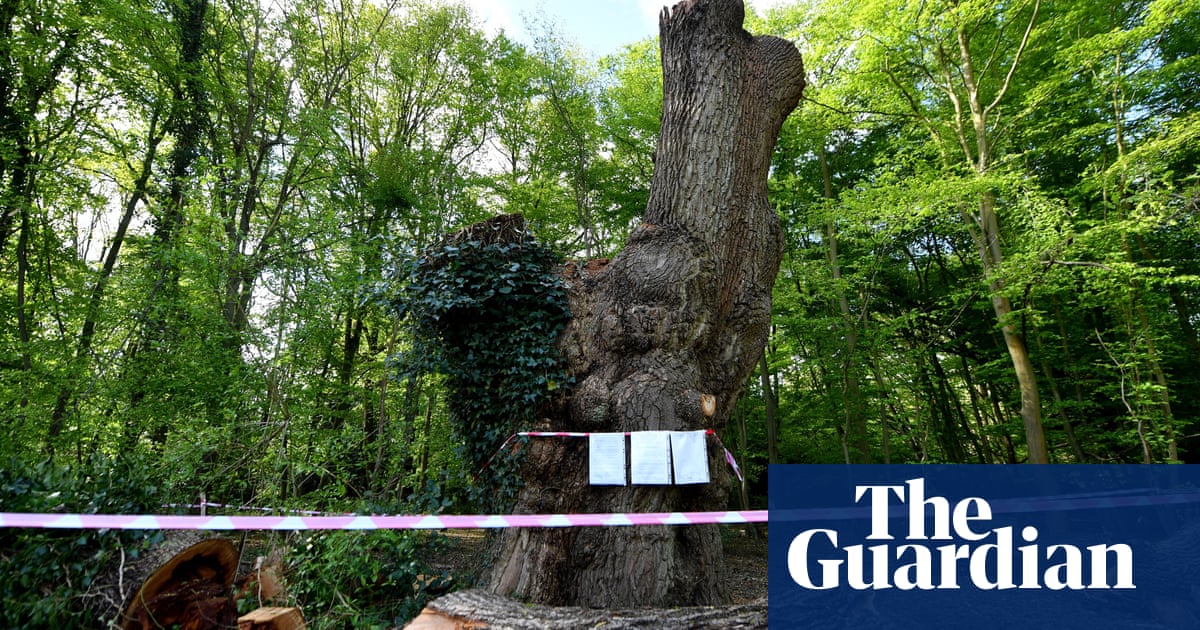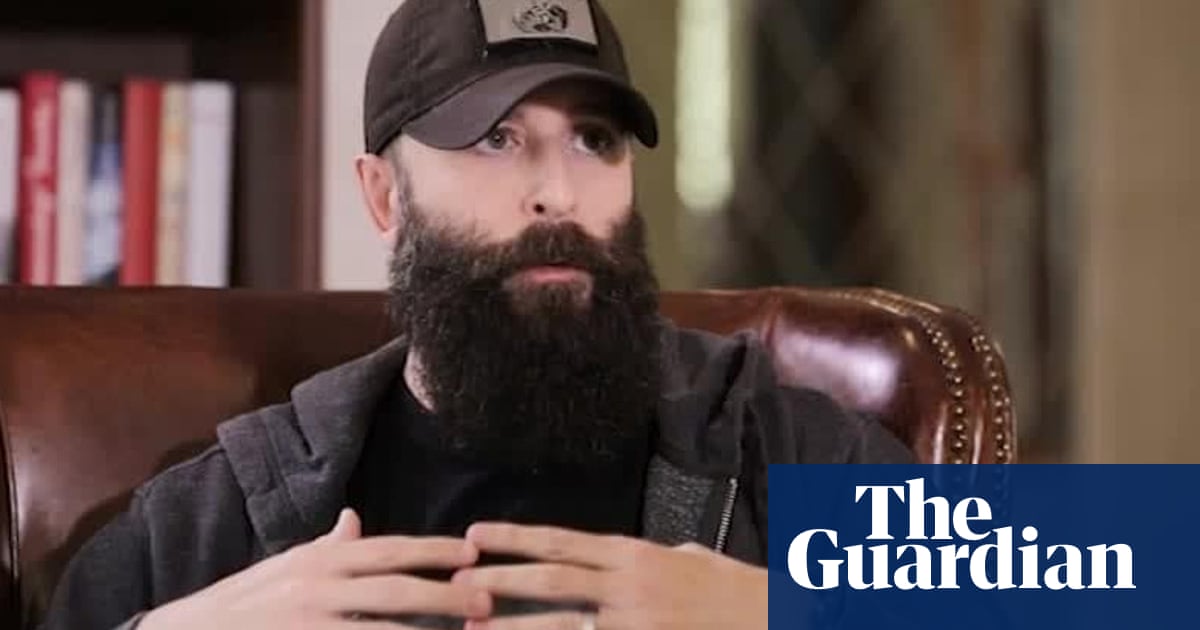In keeping with the humble style of his papacy, Pope Francis did his best to dial down the pomp and ceremony that would mark his passing. In St Peter’s Basilica, where he now lies in state, Francis’s body rests in an unelaborate coffin and has not been placed on the traditional elevated bier. The tomb in which he will be buried is to be underground and unadorned, carrying only the plain inscription “Franciscus”, again on his instructions.
The final grace notes of a remarkable papacy will add to the pathos of Saturday’s funeral, which hundreds of thousands of mourners are expected to attend. The Argentinian pope’s plain, direct style endeared him to millions of non-Catholics as well as to the faithful. But the ecclesiastical politics of what happens next, in a divided church, will be anything but straightforward.
The papal conclave due to commence in May will play a crucial role in determining the durability of Francis’s reforming legacy. Traditionalists railed bitterly at the pope’s pastoral approach to questions of sexuality and diversity, his disdain for hierarchy and dogma, and his emphasis on social and environmental justice. They will see the chance of a conservative reset.
For cardinals from the global south – appointed in large numbers by Francis as he sought to reflect the geographical realities of 21st-century Catholicism – the conclave is an opportunity to exert influence on behalf of the church in Africa and Asia. That may point towards the election of a pope sharing Francis’s passionate emphasis on addressing global inequality, the climate emergency and defending the rights of migrants. On the other hand, the morally conservative outlook dominant in many African churches could lead to alliances with western traditionalists, to the benefit of a theological hardliner able to garner support from both constituencies.
At this stage, “runners and riders” lists of the supposedly “papabili” are stimulating sources of gossip, but not much more. Many of the newer cardinal electors are unknown quantities in Rome, and unknown to each other. As the Oscar-winning film Conclave vividly portrayed, the political dynamics that play out in the Vatican’s Sistine Chapel are generally shifting and impossible to predict. No one, for example, saw Karol Wojtyla of Krakow coming in the late 1970s.
The impact of the subsequent papacy of John Paul II serves to highlight the potential stakes for non-Catholics as well as believers. The 1980s saw the church under his leadership play an influential role in the tumultuous period leading to the collapse of communism and the end of the cold war. Although theologically conservative at a time when secularisation in the west was accelerating, the Polish pope was in tune with changing times when it came to the victorious struggle against authoritarian regimes in eastern Europe.
In contrast, Francis sometimes cut an isolated figure as he opposed a new authoritarian turn in the politics of the west. Deploring the rise of aggressive nationalisms and the erosion of democratic norms, he became a lonely but vital bulwark of resistance in the name of universal rights and values. Progressives inside and outside the church must hope that, in an unstable and dangerously volatile era, that witness can be built upon by the next pontiff. But ahead of an unusually large and an unusually unpredictable conclave, all bets are off.

 5 hours ago
6
5 hours ago
6













































